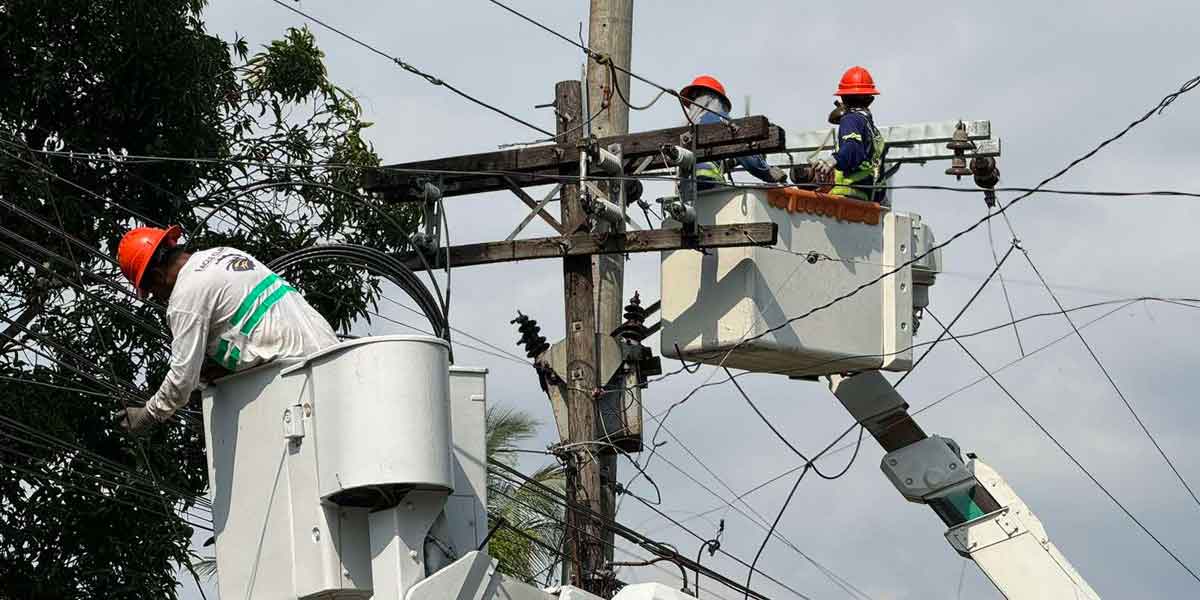 By Modesto P. Sa-onoy
By Modesto P. Sa-onoy
I’m surprised Dr. Salvaña did not directly respond to Dr. Villa. In any event, he loses, not because he cannot answer but perhaps he fears for his answers. Anyway, Dr. Villa’s second letter is loaded with technical terms but highly educational.
“Hello Dr. Salvana, it’s Dr. Villa again. Some time ago, I commented on one of your posts. That was interesting RE: Ivermectin. Well, this post is a particularly simple but good description of the different severity states of the disease.
“But I have an issue with the TREATMENT APPROACH. This is basically what we call here in the U.S. a “DO NOTHING APPROACH”. This is the same BIG MISTAKE made by us in the early part of the Pandemic and therefore we have the greatest number of cases! and deaths! in the world. I was hoping that people and other countries would learn from that mistake. But I guess not!
“If I put this approach in a nutshell, it says when you get tested positive for covid, you go home or go to a Quarantine/isolation facility, wait, and see until you are ready to “croak” then that is the time we admit you to the hospital, maybe give some antiviral, steroids, and oxygen. If it gets worse, intubate, and connect to a ventilator, give some drugs for compassionate use. Then wait and see again if one survives.
“I know that you are remarkably familiar and knowledgeable on both the pathophysiology and pathogenesis of the disease but for the sake of those people reading the post, let me review it for them. We will also see where each severity of disease happens at what stage and what phase of the disease.
“There are 2 basic Stages of the disease. Stage I – the VIRAL STAGE, Stage II – the IMMUNE STAGE.
“There are 5 phases that fall into these 2 stages. Phase 1, the Incubation period, 1-5 days; Phase 2, the Symptomatic period, 5-11 days; Phase 3, the Early pulmonary phase, 11- 14 days; Phase 4, the Late Pulmonary phase, 14- 28 days; and Phase 5, the Prolonged Systemic Immune Response/ Long Hauler, Post-Acute Covid Syndrome, 3 – 6 months or more (I added this because I have been seeing cases too).
“Viral Stage consists of phases 1 and 2 whereas the Immune Stage is phases 3, 4 and 5.
“Your Severity States are as follows: Asymptomatic State. This is the phase 1 incubation period or the pre-symptomatic state. This is where the viral replication is the highest that extends up to the beginning of the 2nd phase. The patient is completely feeling well even with a high viral load.
“Mild Severity – This corresponds to the Symptomatic phase 2. Fever, malaise, cough, cold, headache, loss of smell and taste and diarrhea. This may have a very mild or beginning infiltrate on XR. This is where viral replication peaks then taper off toward the beginning of the 3rd phase. At the height of this viral replication, the immune response will start to wake up (Delayed Innate Immunity).
“Moderate Severity – This corresponds to the early pulmonary phase. The patient is clinically very symptomatic, more cough, cold and fever, short of breath, mild hypoxia, O2 Sat < 94%, needing supplemental Oxygen 2- 4L Nasal Cannula or some other modes of deliveries. Moderate lung infiltrates, pneumonia on XR or other imaging. This stage basically has very minimal viral replication going into decay and self-limiting activity, but the immune response is more active and will continue to deal with mostly viral debris. This is where the immune dysregulation starts to happen leading into the next phase with cytokine storm. Patient already in or getting ready to be in the ICU.
“Severe and Critical State – This is the Late Pulmonary phase, going into progressive hypoxia, severe bilateral infiltrate, full-blown Respiratory failure needs full ventilatory support in the ICU. The Cytokine storm in full force, Severe immune dysregulation, T-cell dysfunction, resulting in hyperinflammatory state and severe tissue damage. Patient in full-blown ARDS – Acute Respiratory Distress Syndrome, SIRS – Systemic Inflammatory Response Syndrome, Shock, MOSF – Multiorgan System failure, Use of ECMO, plasma exchange, pressor support, and the use of strong empiric antibiotics. Severe Thromboemboembolic disease needing full systemic anticoagulation.”
Continued tomorrow.




















